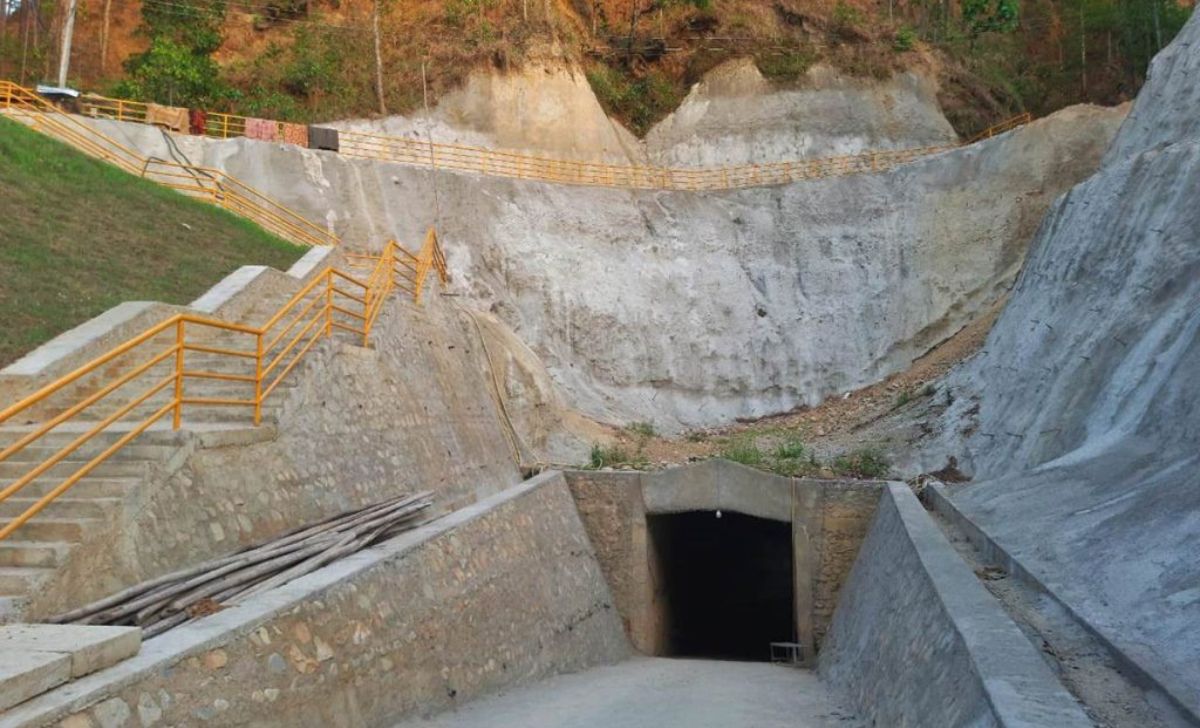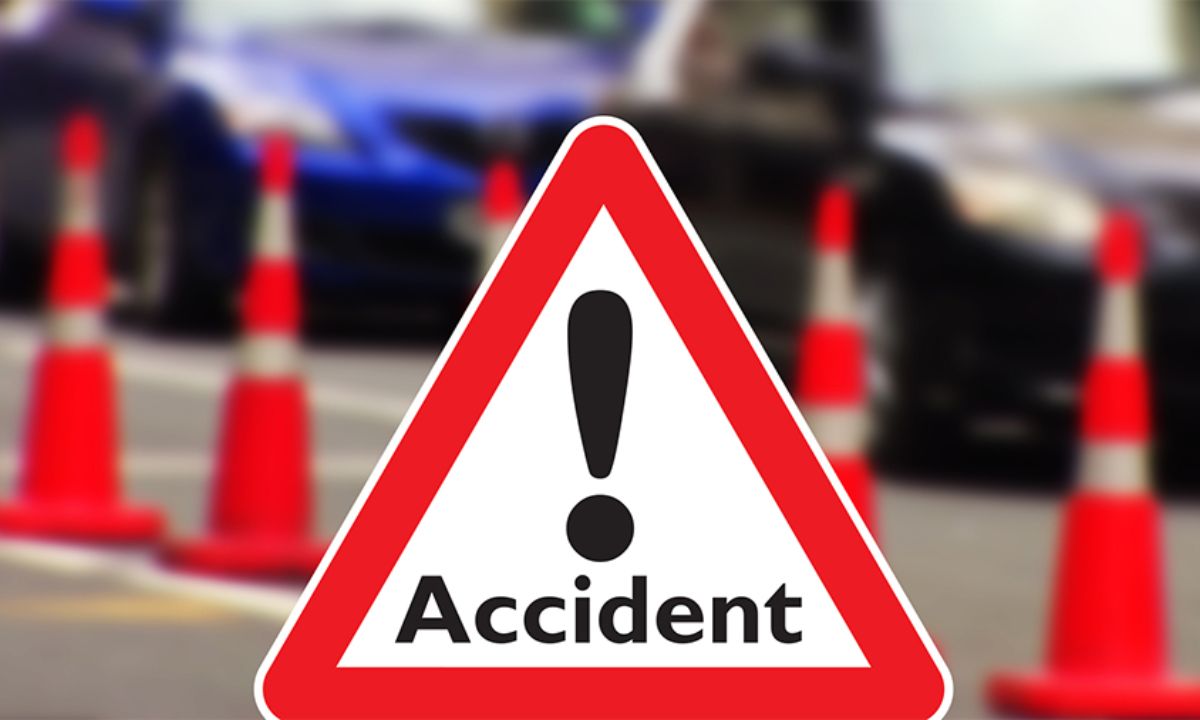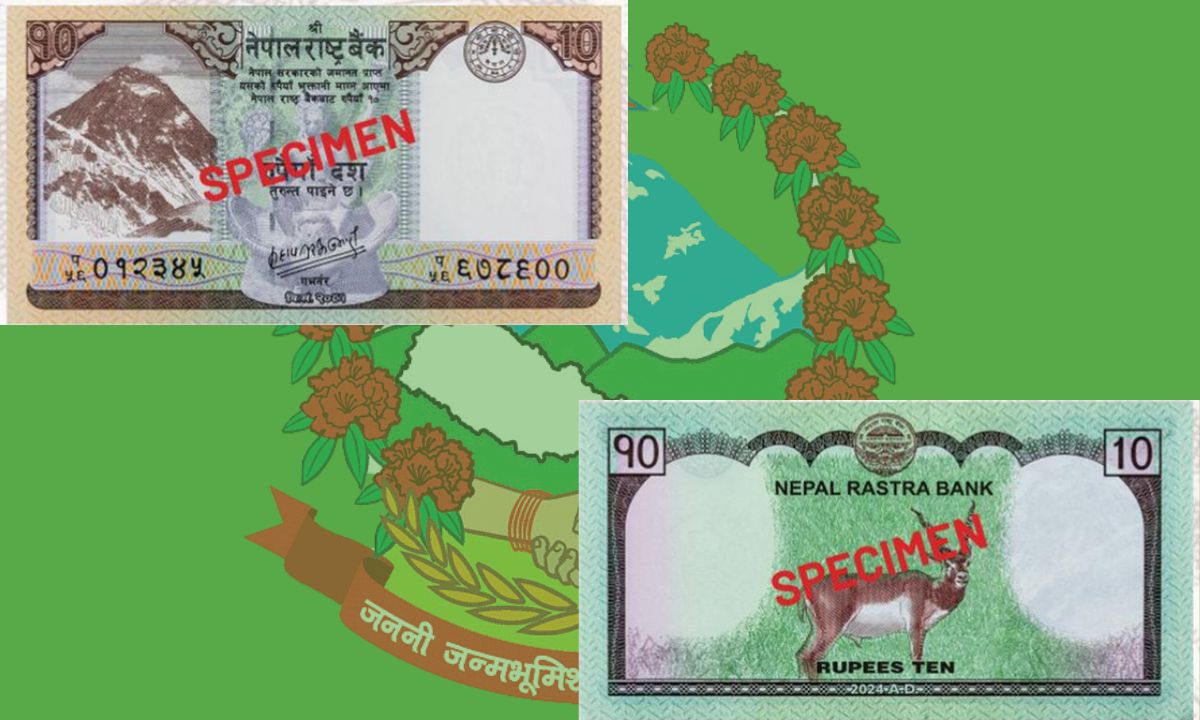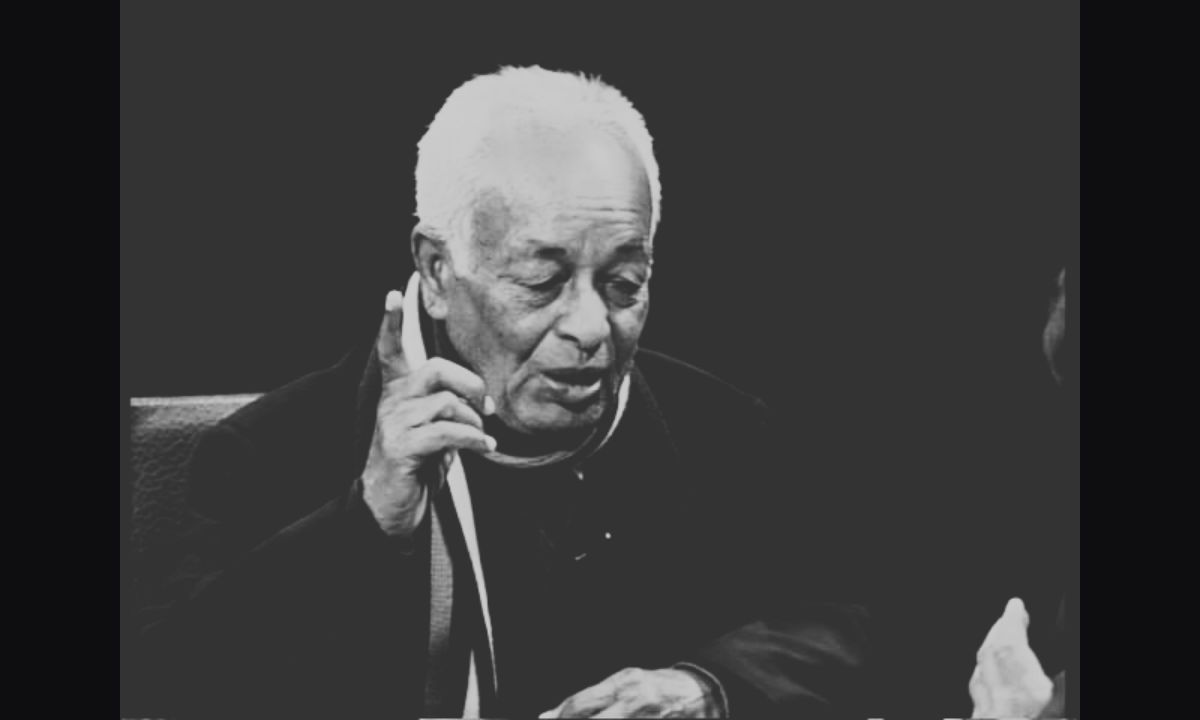Makwanpur’s historic Churiyamai Tunnel, regarded as South Asia’s first, was officially handed over to the Hetauda Sub-Metropolitan Office today. It will now be operated as a tourist attraction, according to municipal authorities.
The tunnel had been neglected for decades but was reconstructed under the Bagmati Province’s Transport Infrastructure Directorate. Although the restoration was completed a year ago, technical delays postponed its transfer to the municipality. “We completed the reconstruction a year back, but technical issues kept the tunnel closed,” said Puskar Prasad Pokharel, Director of the Directorate.
Under the agreement, the provincial government will handle maintenance, while the municipality will collect revenue. The municipality has set entry fees at NPR 50 for Nepali visitors, NPR 120 for foreigners, and NPR 20 for students. Children under five, senior citizens, and individuals with disabilities will have free access.
Sabin Neupane, spokesperson for the municipality and chair of Ward No. 1, stated that the tunnel will be managed as a tourist site. A committee may be formed to oversee its operation.
Originally built in 1917 during the reign of Rana Prime Minister Chandra Shumsher, the Churiyamai Tunnel is a significant historical site. It was constructed by Nepali engineers using local materials to connect Makwanpur with Bara district. The tunnel, approximately 500 meters long, facilitated the movement of goods from India to Kathmandu via Bhimphedi.
After the construction of the Tribhuvan Highway, the tunnel became obsolete and fell into disrepair. Its recent restoration, carried out by Mountain Infra Company at a cost of NPR 33.6 million, aims to preserve its historical value while promoting tourism.
The tunnel is 2.7 meters wide and 3.3 meters high, with stone walls and carved details reflecting traditional craftsmanship. The entrance on the Makwanpur side has been adjusted for potential road expansion, while the Bara-side entrance retains its original design.






